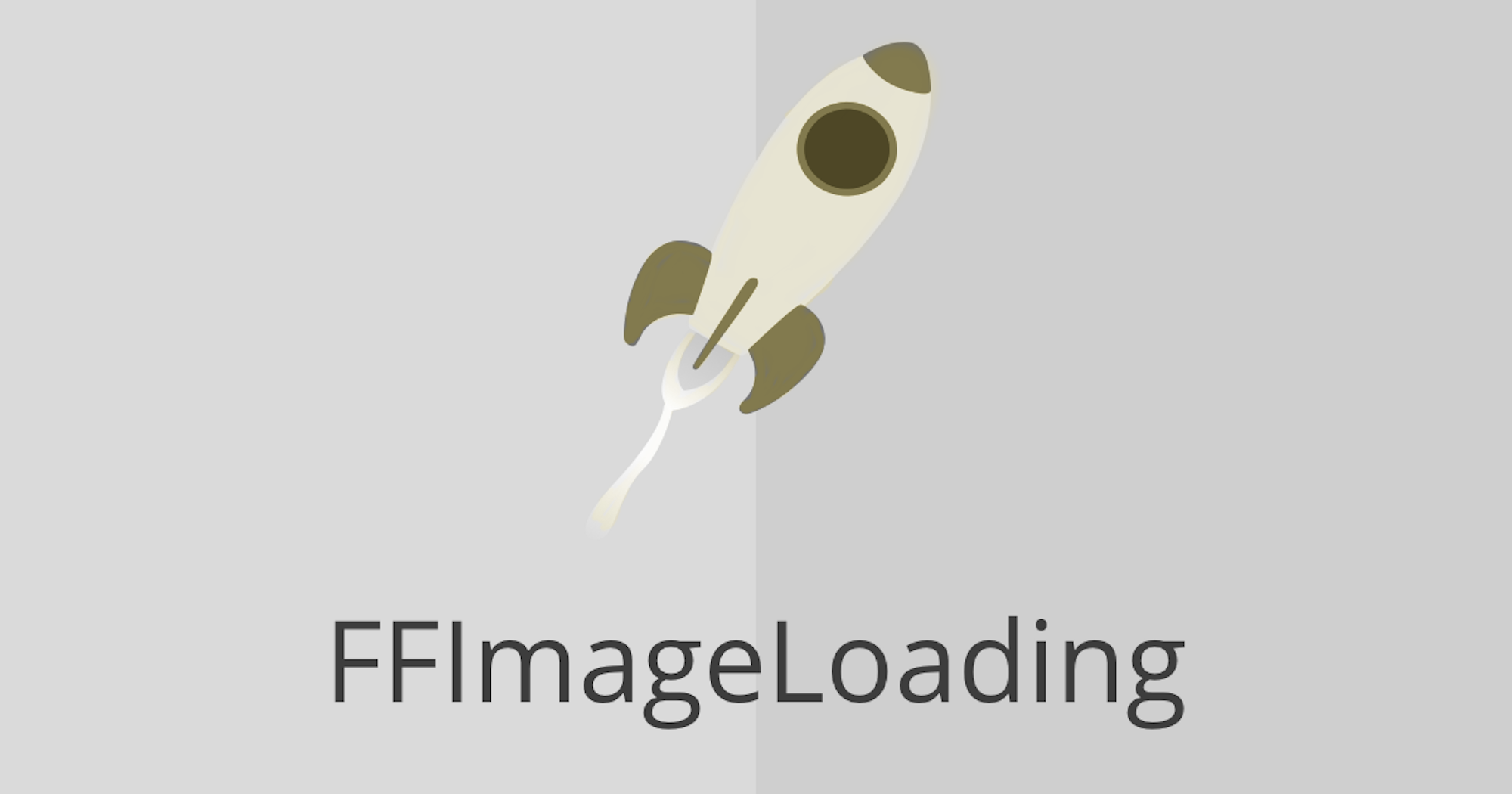Computer vision is a field in artificial intelligence based on giving machines an understanding of data from images, video frames, pixel manipulations, and others. In this article, we will look into four commonly used annotation tools for object detection/tracking. To demonstrate these, we will be annotating team players on the football pitch.
The following is an outline on what we will be looking into:
Continue reading Four Important Computer Vision Annotation Tools you Need to Know in 2020









